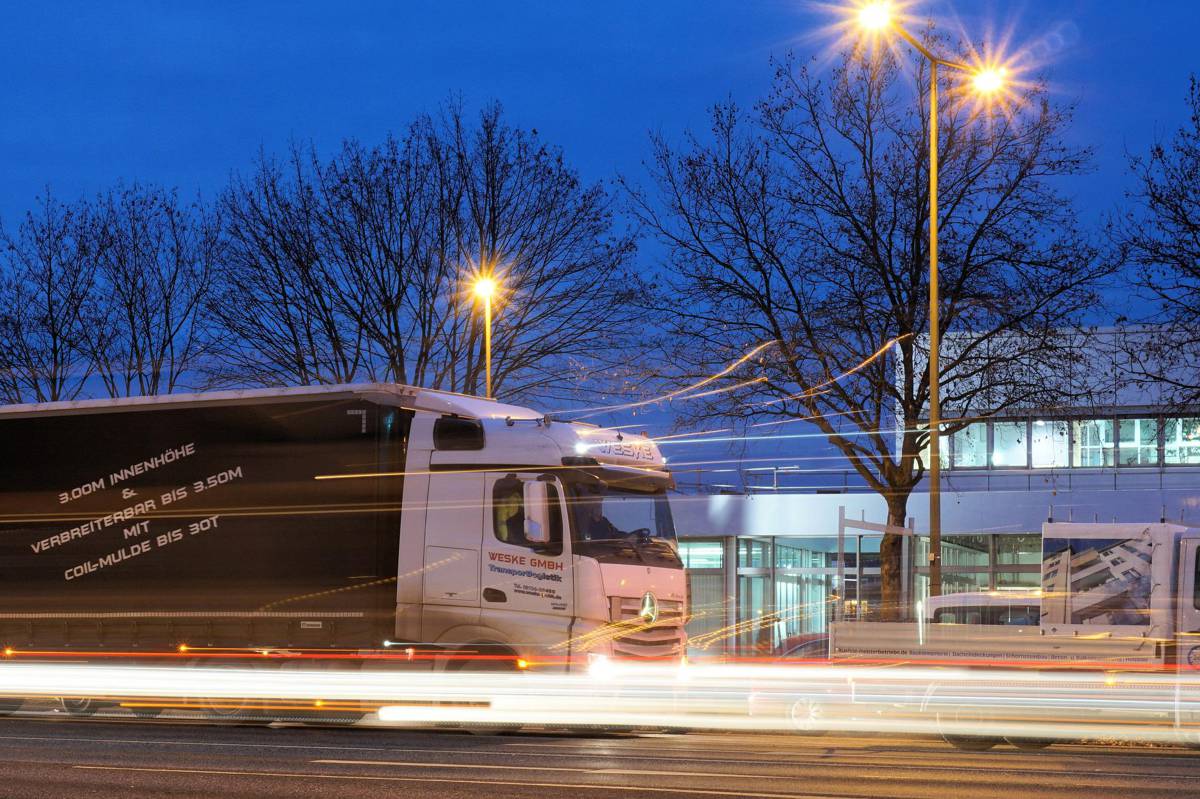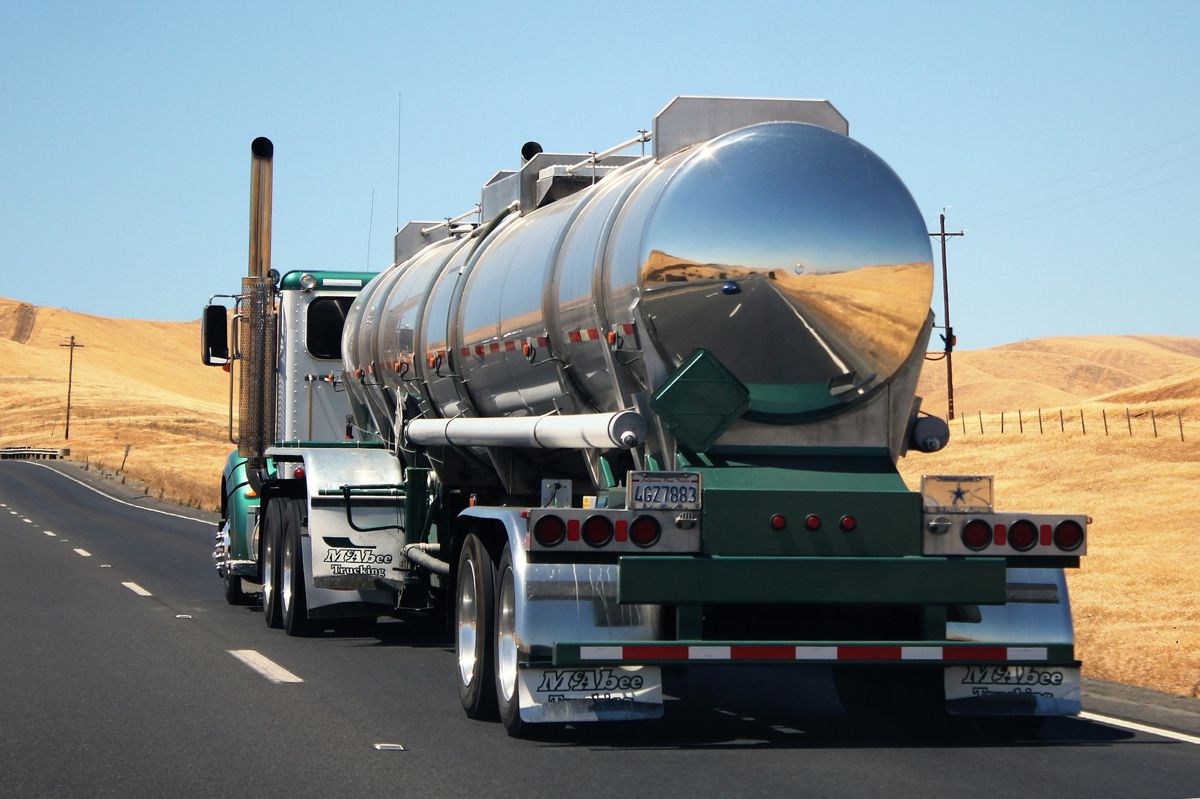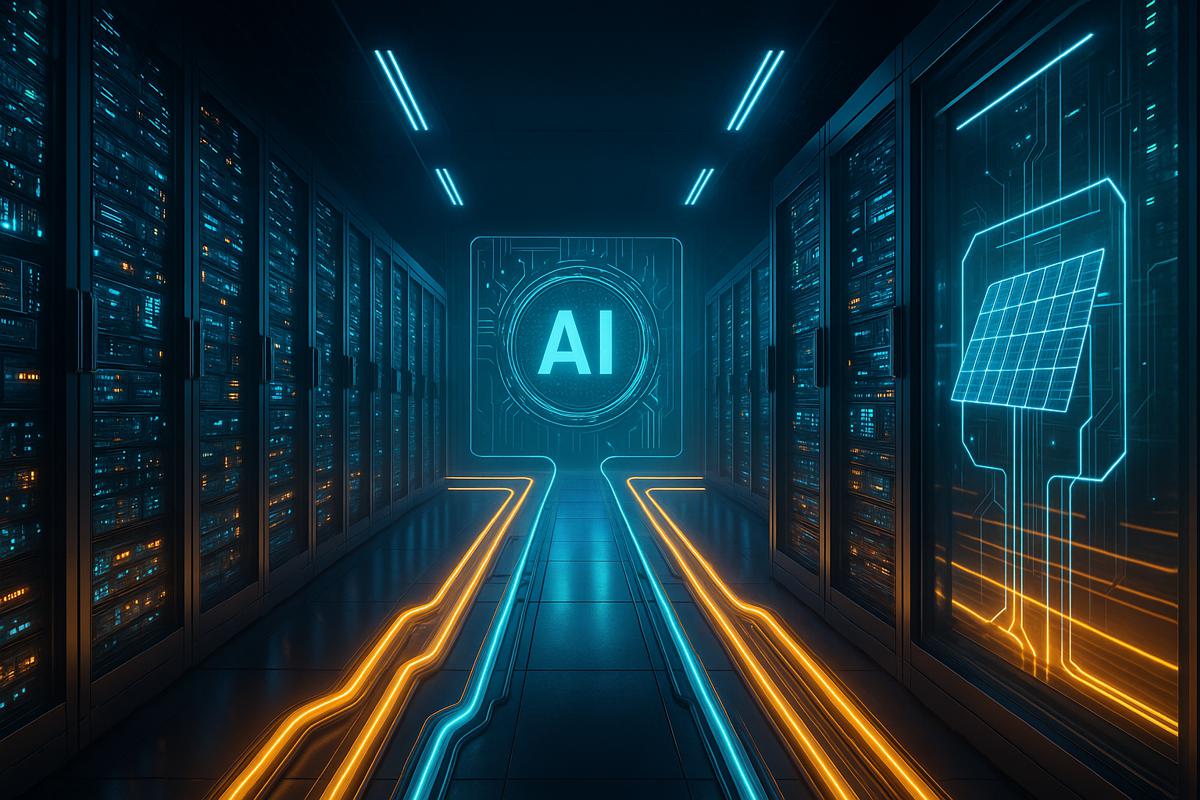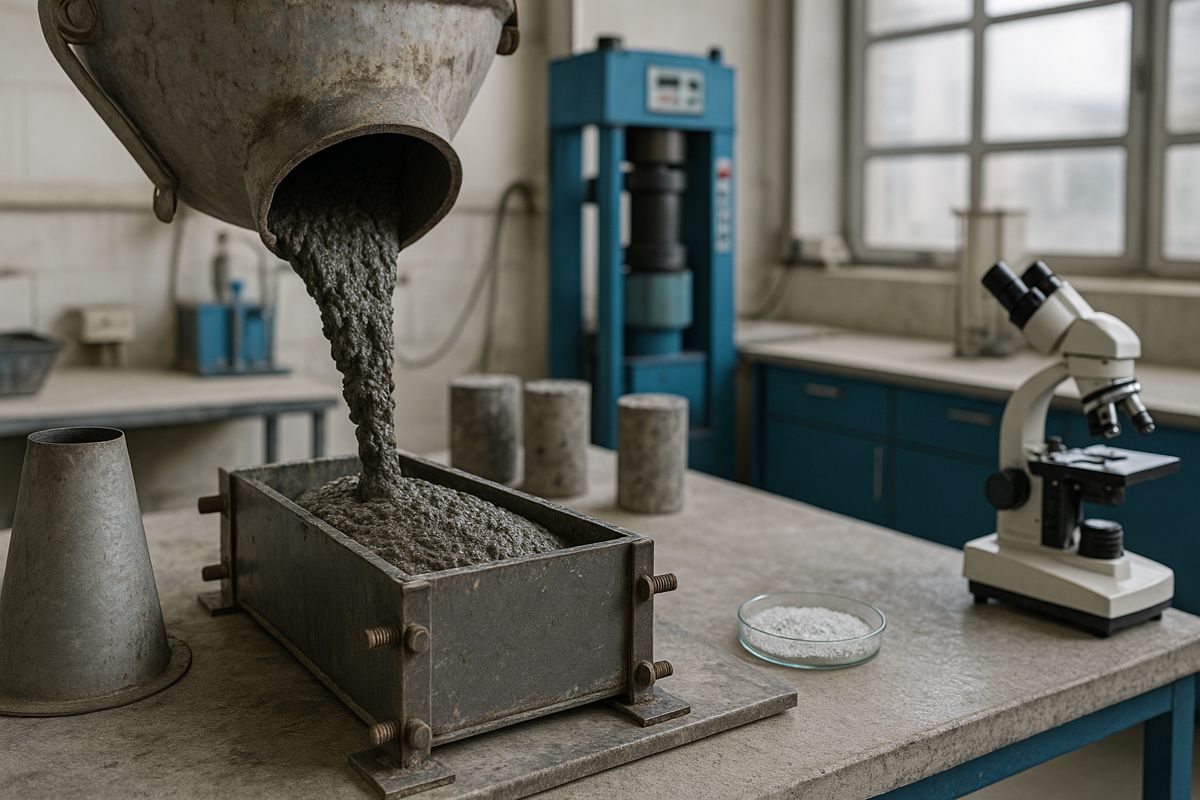What trucking companies do to keep up with sustainability pressure
Trucking companies aren’t exempt from today’s environmental debate. From governments, targets for net zero and reduced emissions, such as Europe’s Fit for 55, the UK’s Net Zero Strategy: Build Back Greener, and USA’s aim for net zero by 2050, illustrate this mounting pressure around the globe.
Likewise, global oil price rises and consumer climate consciousness are also issues trucking companies will need to tackle when thinking about long-term sustainability.
While other industries are transitioning away from polluting practices, logistics face the unique challenge of needing to meet growing e-commerce demands, at the same time as having to work proactively to offset this increase. Even a decade ago, our current e-commerce levels would have seemed over the top, but change comes quickly. Governments and businesses need to work together now to achieve sustainability goals in our future.
Amsterdam is one example of a city that has already declared it will only allow emission-free delivery vehicles after 2025. The Dutch government is also stepping up to provide support for businesses to buy or lease electric vehicles to help achieve their goal. The move is just one of many happening worldwide, and trucking companies need to use sustainability pressure as a motivator to be thinking ahead and not playing catch-up in a competitive market.
Let’s look at some ways trucking companies can future-proof themselves in alignment with sustainability goals.

Maximize value
One of the places to start when looking into your company’s sustainability practices is to conduct a financial and waste audit simultaneously. There are six stages to consider for sustainable operational excellence: 1) planning, 2) design, 3) tender, 4) procurement, 5) construction, and 6) delivery. Identifying where unnecessary resources are being spent can uncover potential areas for saving that might have been previously hidden.
Think of your supply chain as a value chain and look at where each stage can be improved for efficiency and waste. Is there anywhere you could replace finite materials with reusable materials, for instance? Cyclical practices can help save costs and benefit the environment. Specifically, within the trucking industry, eco-driving methods consciously modify driver behavior to use less fuel, cutting both costs and emissions as a result.
It’s essential to see improving sustainability as a mindset of maximizing the value of your inputs and assets rather than a cost-cutting exercise. You can set goals within your company for revenue and sustainability, such as reducing your company’s environmental impact, protecting biodiversity, and minimizing pollution.

Utilize digital tools
Thinking about sustainability is one way to think about how to maximize your company’s performance long-term in increasingly competitive markets. The transport industry is undergoing its own digital transformation, and companies that adapt fastest will be at the forefront of a growing logistics market expected to reach $6.55 trillion by 2027.
Long-term thinking is vital. Employing digital tools to track metrics at each operational stage will help companies reduce waste, optimize workflows, and streamline processes. Developments in technology and data science mean Artificial Intelligence (AI) can greatly improve sustainability measures at each stage.
For instance, AI could use real-time data inputs to match GPS location to traffic congestion and petrol prices to optimize and update routes, all without the driver even noticing. If trucking companies are moving goods between countries, digital AI tools – such as data dashboards and logistic platforms – can create centralized systems for better overview and efficiency. Rather than siloed investments, a centralized system connects operations across borders, and AI can then provide data-driven suggestions for more effective decision-making.
Similarly to eco-driving, AI could aid sustainability goals by helping reduce wastages by better managing resources. A complete analysis of where each truck is going and the types of weather conditions it might face can inform maintenance works on each vehicle. Consequently, companies can more accurately perform service work, prolonging their fleet’s lifespan and reducing their environmental impact.
Digital tools like AI might be there to guide and advise, for instance, but humans still need breaks, and unexpected occurrences may need a common-sense approach to solve. User satisfaction surveys from staff and customers are one way to monitor how your AI integration is going and track the impact of any changes you make.

Strategize green growth
A green strategy can future-proof your company by creating new growth opportunities. A sustainability mission helps share your vision with environmentally conscious consumers and employees keen to work for companies doing their part in the fight against climate change. It can also attract investors who want to know businesses are prepared for future regulations and industry challenges.
Governments that want business support in achieving climate goals also offer tax breaks to companies demonstrating their commitment to sustainability. Trucking companies should look at the regulations for the areas they work in to see what support is available for achieving these targets.
Green strategies can also pressure governments in return. For example, trucking companies that want to switch to electric vehicles might ask how the government plans to install electric charging points to ease the transition to net zero. When businesses also focus on sustainability in this give-and-take way, it helps us move forward together.
Sustainability pressure might present challenges to trucking companies, but those that think ahead, use the digital tools available, and develop a future-proof green strategy will benefit themselves and the environment. Trucking companies should use the incentives surrounding net zero targets to optimize their fleets, maximize investments, and create savings in resources that can then be reinvested into company growth.
Article by Marc Meyer, CCO at Transmetrics.




















